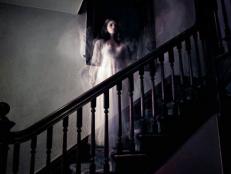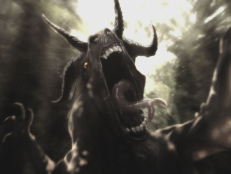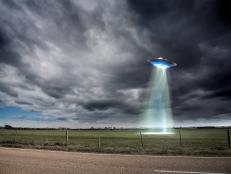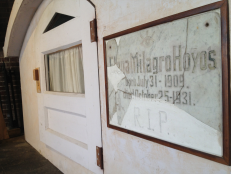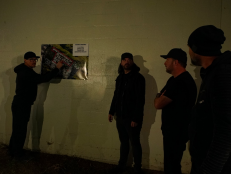Historic New York

anssi ruuska
New York has evolved since its early days as the home of the Wappinger Indians and later the Dutch settlers who founded New Amsterdam in 1624. Today, it's true to its roots and remains a city of immigrants with inspiring architecture, a thriving arts scene and a starring role in the economy of the U.S. and the rest of the world.
Neighborhoods
From the refined brownstones of the Upper West Side to the tall office buildings lining the streets of the Financial District, New York is made up of a series of neighborhoods. There are countless enclaves with history, but here are some of the highlights.
Financial District
The city's financial district has been a center of trade since the early Dutch settlers set up the Dutch West India Company here in 1625. Trinity Church was founded in 1697, making it one of the oldest churches in the country. It's also the burial spot for Alexander Hamilton. Today's Wall Street would be unrecognizable to the city's earliest businessmen, who founded the original New York Stock Exchange in 1792. The NYSE's first location was destroyed during the Great Fire of New York in 1835 and was later moved to 10-12 Broad Street before settling into a permanent home at 18 Broad Street in 1903. Public tours are not available, but you can feel the energy walking the busy streets surrounding Wall Street.
Lower East Side
New York is a melting pot of cultures and this is most apparent in the Lower East Side where immigrants crowded into tenement neighborhoods in the mid-19th century. Immigrants from the Ukraine, Poland, Italy and Germany added to the area's diversity, which was also known as a center for Jewish culture. Orchard Street was the center of life for many of these immigrants who sold their wares from pushcarts lining the crowded street. These hardworking families were crowded into small apartments that are remembered at the Lower East Side Tenement Museum. The neighborhood has gentrified over the years, and young New Yorkers have moved in creating a hip arts and music scene with interesting galleries and popular bars and clubs.
Historic Harlem
Harlem began as a Dutch farming settlement in 1658 called Nieuw Harrlem and in the 18th century was an elegant enclave of large farms. But as the large estates declined and the soil yielded fewer crops, the wealthy landowners moved on and immigrants moved in. At the beginning of the 20th century, many African Americans came to this neighborhood looking for affordable housing, a sense of community and an escape from the South. By the 1920s this parcel of the city was on its way to becoming the most famous African-American neighborhood in the world. During the Harlem Renaissance, it was the stomping grounds of legendary members of the black community including Marcus Garvey and Malcom X during. The area's distinct row homes line Sugar Hill, the stretch of homes between 145th and 155th Streets between St. Nicholas and Edgecombe Avenues, and were once home to W.E.B. DuBois, U.S. Chief Justice Thurgood Marshall and Count Basie.
Upper West Side
The Upper West Side, bordered by 59th Street, Central Park and the Hudson River, is the New York memorialized in movies with stately brownstones, Riverside Park and quirky and artistic affluent residents. The fanciest homes in the 18th and 19th centuries could once be found along Bloomingdale Road, today known as Broadway. Historic hotspots in this neighborhood include the sprawling American Museum of Natural History and Lincoln Center which houses the Metropolitan Opera and Julliard School of Music amongst its 12 performing arts venues. This neighborhood is also home to the Dakota apartment building on 72nd Street, the spot where John Lennon was murdered in 1980.
Architectural Icons
You only need to walk a few blocks in any direction to find architectural wonders around the city. The National Historical Society has designated 108 landmark buildings in New York City. There's the triangular wonder that is the Flatiron Building, the world's first skyscraper built in 1901. The Art Deco Chrysler Building, with its towering spire, was completed in 1930. The Empire State Building Empire State Building was completed a year later and became the city's tallest building. At 102 stories, it still holds the title today.
In addition to these majestic skyscrapers, there's other architectural gems scattered throughout the city. The Brooklyn Bridge was a labor of love for 2 generations of the Roebling family. Engineer John Roebling proposed a suspension bridge over the East River in 1855, but he passed away before his dream came to fruition. His son Washington took over the job and toiled tirelessly, even after becoming paralyzed on the job, until its completion in 1883. It was the largest suspension bridge when it opened in 1883 and was revolutionary in its use of steel cables.
Even visitors not traveling by train like to pop in to the restored 1913 Grand Central Terminal to take in the classic Beaux-arts architecture with the iconic four-faced clock, sweeping marble staircases, gold leaf astronomical mural and twinkling chandeliers.
Open Spaces
With so many people and buildings filling Manhattan, the city relies on its open spaces where residents can relax and unwind. Today there are more than 1,700 parks in the city, many with a rich history. The city's first official park was established downtown at Bowling Green in 1733. Washington Square Park, known for its grand marble arch and proximity to New York University, had many lives before it became a public park in 1827. The land was acquired by the city in 1797 to be used as a potter's field. The cemetery was closed in 1823 and this space became a military parade ground.
As more parks were created around the city and boroughs, there was a great demand for a large open space. The city selected architects Frederick Law Olmsted and Calvert Vaux to create this haven in 1858. Even at 1.2 square miles, Central Park is not the city's largest park, but it is the most visited in the country. However, it's filled with distinct areas and landmarks including lakes, gardens, playgrounds, a carousel, the Belvedere Castle, the Delacorte Theater and the zoo, celebrated by Simon & Garfunkel's 1967 song 'At the Zoo.' Up until 1934, visitors to the park's Sheep Meadow could actually find sheep grazing in the 15 acres of open space.
History continues today as the New York City Department of Parks and Recreation continues to create new outdoor spaces. One of the city's newest parks is the High Line in Chelsea, a green oasis that rises 30 feet above the ground. This repurposed elevated freight rail track was used from 1934 to 1980 to transport goods around the city, including meat to the Meatpacking District.
Music and the Arts
There's a reason New York is a city of aspiring musicians and actors hoping for their big break. The city has an endless arts and entertainment scene that is always changing and growing. New York's imprint on the arts scene can be found from the show tunes of Broadway to the soulful jazz that broke cultural and racial boundaries.
The Great White Way, the stretch of Broadway from 42nd to 53 Street, is the birthplace of American theater. In the early 19th century, actors and plays were imported from Europe. But by the 1900s, American playwrights staked a claim in show business and the theaters were buzzing with musicals. Musical masters Irving Berlin, Cole Porter, George Gershwin, Richard Rodgers and Oscar Hammerstein II got to work writing the songs that would make them famous. Many of these same musicals have become classics that are revived on stage today with a new generation of Broadway babes.
Further uptown, Harlem was the center of an entertainment revolution. Jazz legends like Lena Horne and Duke Ellington were mainstays in Harlem's jazz club scene in the 1920s playing at the Cotton Club with its affluent white clientele. The Apollo Theater Apollo Theater opened in 1934 as a spot for live music and swing dancing. Musical legends launched their careers at the club's Amateur Night including Ella Fitzgarald, Billie Holiday, Sammy Davis Jr., James Brown and Michael Jackson. The National Jazz Museum National Jazz Museum celebrates Harlem's role in the history of jazz and nurtures a love for this music.
Harlem's music scene is just as booming in the area's churches, known for vibrant gospel music. The Abyssinian Baptist Church was founded in 1808 by a group of African Americans who broke away from the First Baptist Church in the City of New York because of segregated seating. The church moved to its current location in Harlem in 1923. While it's a place of worship and not a tourist stop, visitors are still drawn to the soaring, spiritual gospel music


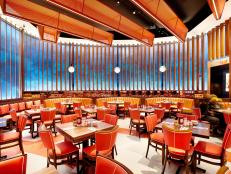
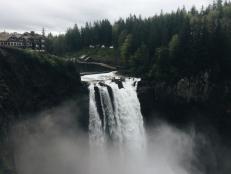
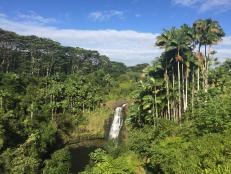
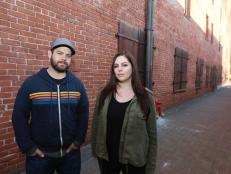
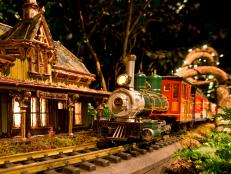
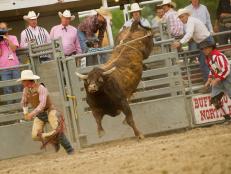
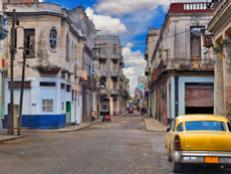
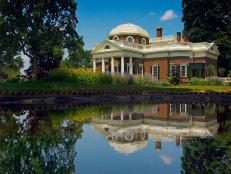







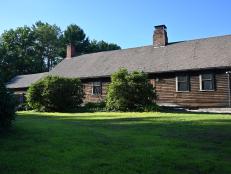
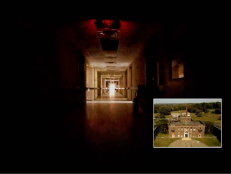
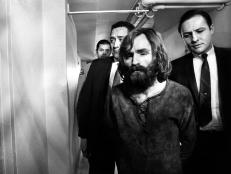
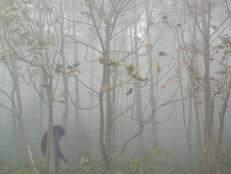
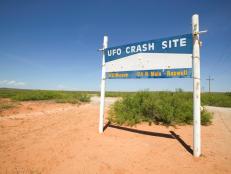
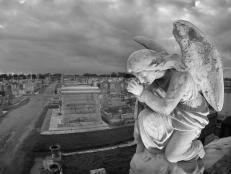
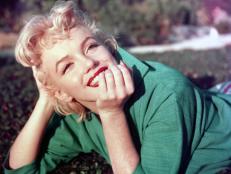
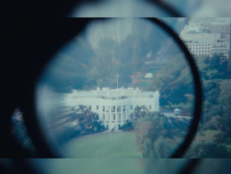

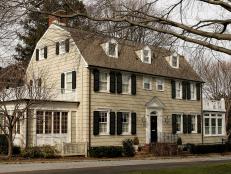
.jpg.rend.hgtvcom.231.174.suffix/1674758726773.jpeg)
